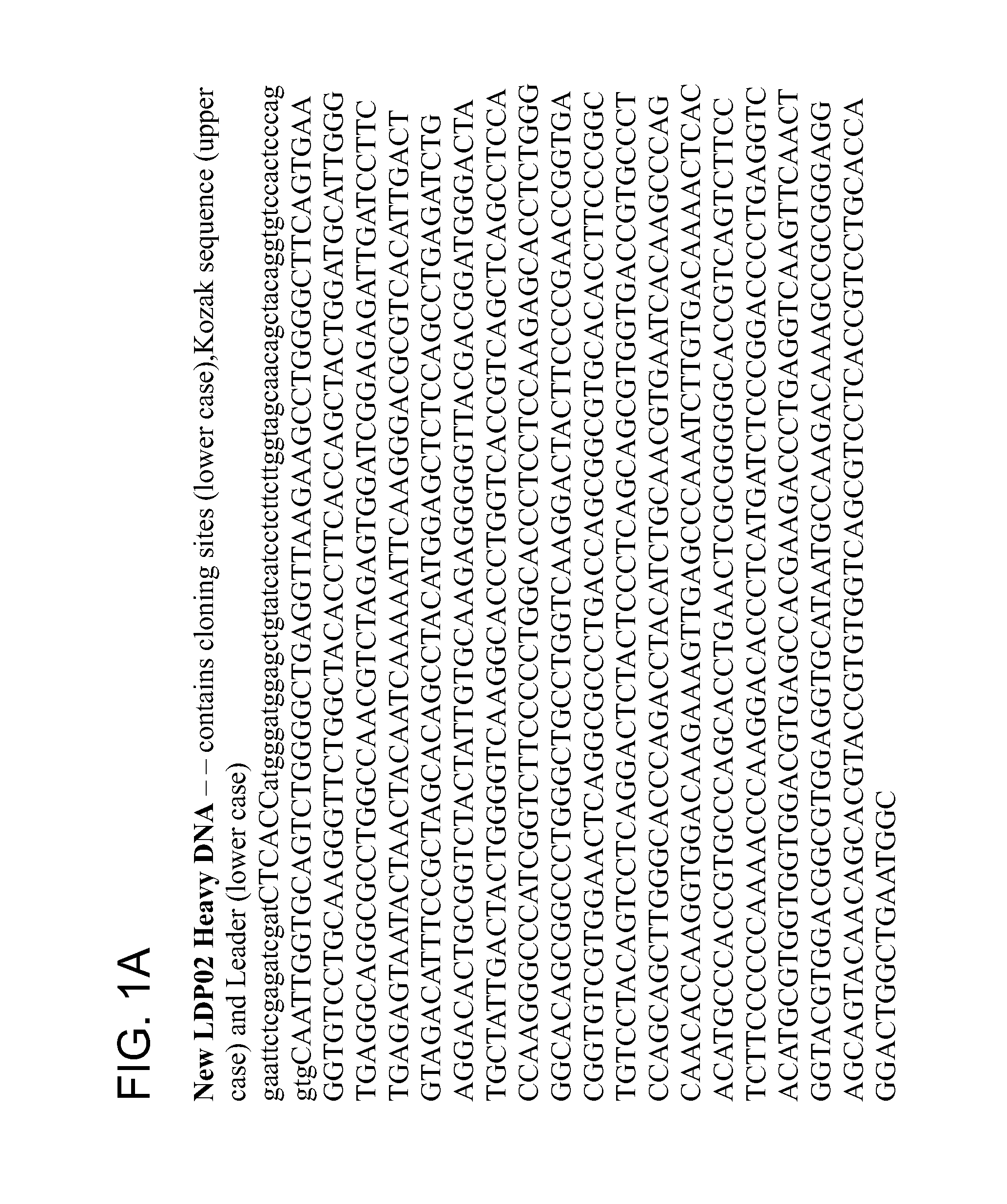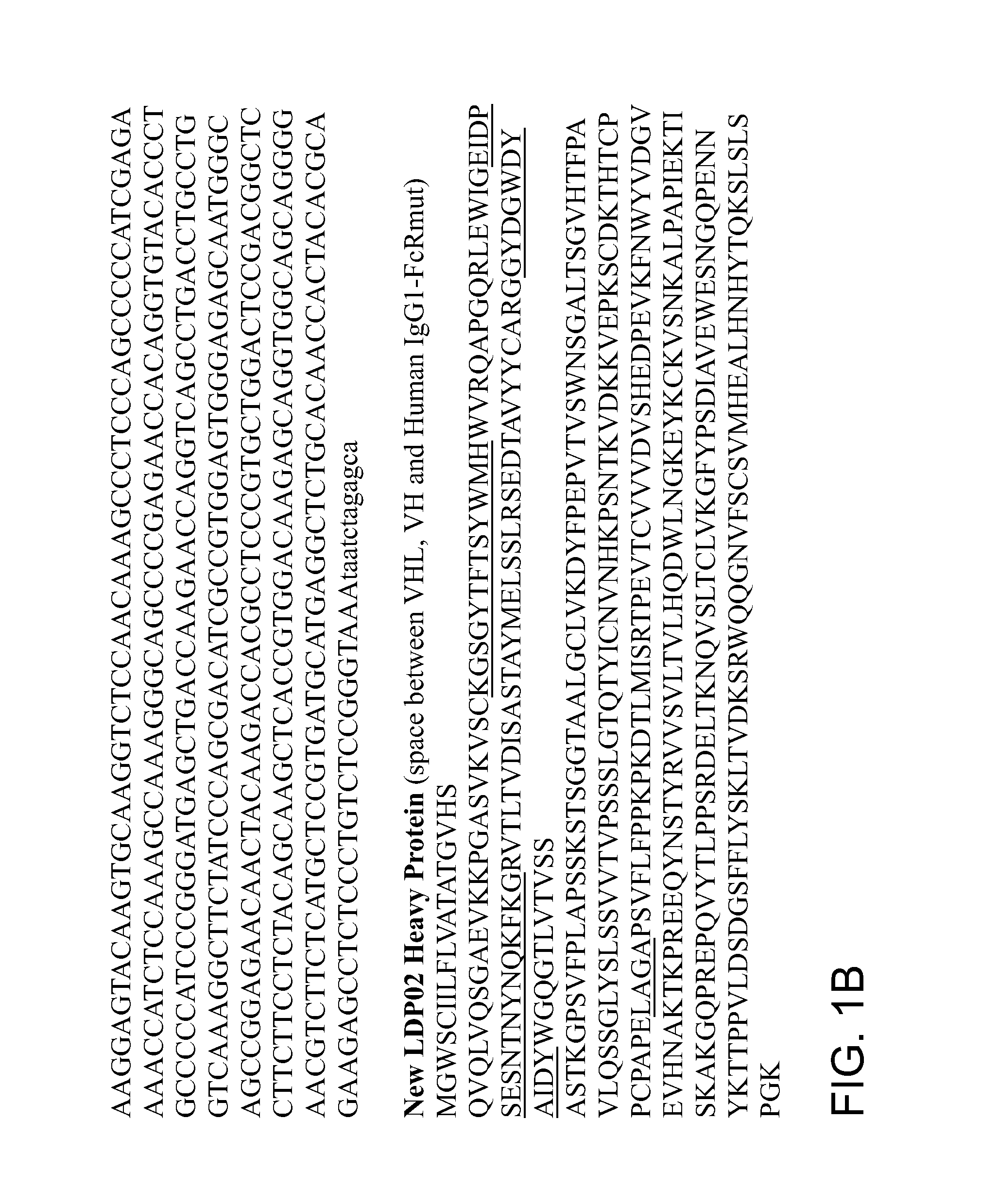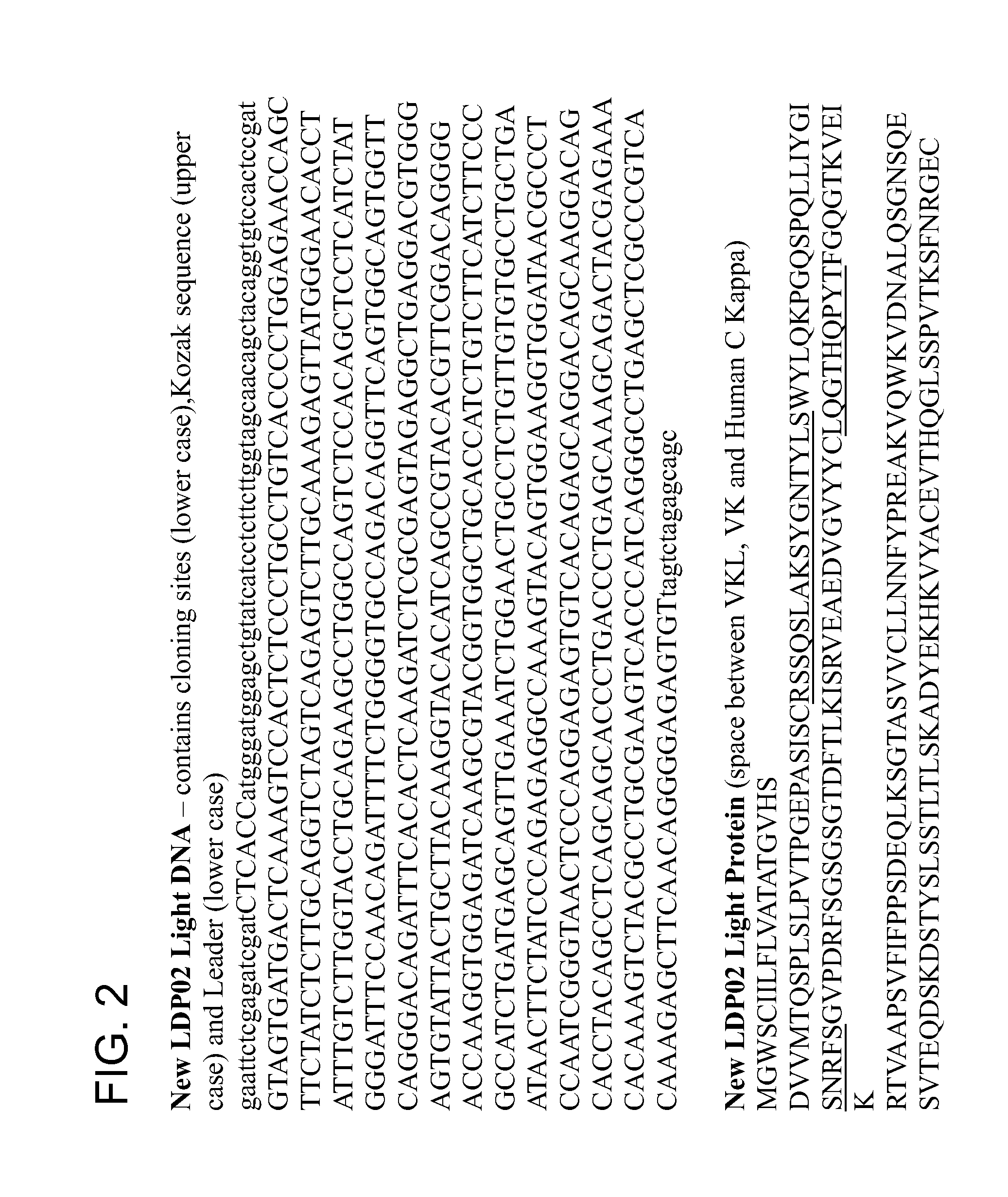Formulation for Anti-alpha4beta7 antibody
a technology of alpha4beta7 and formulation, which is applied in the field of formulation of alpha4beta7 antibody, can solve the problems of special problems such as the lack of stability of proteins, the inability to fully absorb antibodies, so as to achieve the effect of minimizing the immunogenicity of anti-alpha4beta7 antibody
- Summary
- Abstract
- Description
- Claims
- Application Information
AI Technical Summary
Benefits of technology
Problems solved by technology
Method used
Image
Examples
example 1
Formulation Manufacturing
[0226]Factors
[0227]Excipient Concentrations
[0228]The formation of aggregates in the antibody formulation was tested. An SEC aggregates model was developed from experimental data that examined protein concentration, pH, and surfactant:protein molar ratio. At a pH range from 6.0 to 6.5, the formation of aggregates was similar with the polysorbate 80 to protein molar ratio range from 0.7 to 1.5. (FIG. 6) Generally, at PS80:Protein ratios greater than 1.5, the aggregates formation rate increases with increasing pH. (FIG. 7) An experiment examining the formation of SEC aggregates in the presence of air was performed. Eleven different formulations of varying composition were put into borosilicate vials and capped with elastomeric stoppers with an air headspace. An identical set of formulations were created, and the air headspace was displaced with argon. These samples were placed on stability at 40° C. for two weeks. All the samples with the air headspace resulted...
example 2
Stability
[0236]Four different anti-α4β7 antibody formulations were tested for stability over the course of twelve months. Formulations having a pH of 6.0-6.2 showed approximately 1-2% less major species than formulations having a pH of 6.3-6.4 (FIG. 12). Formulations having a pH of 6.3-6.4 showed less than 1% change in basic or major species at 5° C.
[0237]Ten different anti-α4β7 antibody formulations were tested for stability by SEC over the course of twelve months (Table 10). The formulations with 60 mg / mL protein concentration and containing 25 mM citrate had a change in aggregates of 0.1-0.2% after 1 year, while formulations containing 160 mg / mL protein and 25 mM citrate had an increase of aggregates from 0.2-0.3% over 1 year. There was an increase of 0.4-0.6% aggregates for formulations containing 60, 110, or 160 mg / mL protein with no citrate.
TABLE 10Change in %AggregatesProteinHistidineCitrateArgininePS80at 5° C.FormulationConcentrationConcentrationConcentrationConcentrationMol...
example 3
[0238]The injection force needed to administer the pharmaceutical formulation is related to the viscosity of the formulation. Formulations with varying pH and varying concentrations of protein, arginine, histidine, citrate, sucrose, and polysorbate 80 were made. The viscosity of these formulations was tested. A statistical model of the Ln (viscosity) was developed. The model showed that the viscosity is affected mainly by protein concentration and pH (FIG. 13). Sucrose, histidine and arginine also can have a minor effect on viscosity. In some protein formulations, sodium chloride is added to reduce the viscosity of the formulation. It is known, however, that the effect of sodium chloride on viscosity is protein and formulation dependent.
[0239]Sodium chloride was added to a formulation containing 140 mg / ml vedolizumab, 125 mM arginine, 25 mM histidine, 25 mM citrate, and polysorbate 80 at a 1.5 polysorbate 80 to protein molar ratio, and a pH of 6.4. The NaCl did not have any...
PUM
| Property | Measurement | Unit |
|---|---|---|
| concentration | aaaaa | aaaaa |
| concentration | aaaaa | aaaaa |
| concentration | aaaaa | aaaaa |
Abstract
Description
Claims
Application Information
 Login to View More
Login to View More - R&D
- Intellectual Property
- Life Sciences
- Materials
- Tech Scout
- Unparalleled Data Quality
- Higher Quality Content
- 60% Fewer Hallucinations
Browse by: Latest US Patents, China's latest patents, Technical Efficacy Thesaurus, Application Domain, Technology Topic, Popular Technical Reports.
© 2025 PatSnap. All rights reserved.Legal|Privacy policy|Modern Slavery Act Transparency Statement|Sitemap|About US| Contact US: help@patsnap.com



